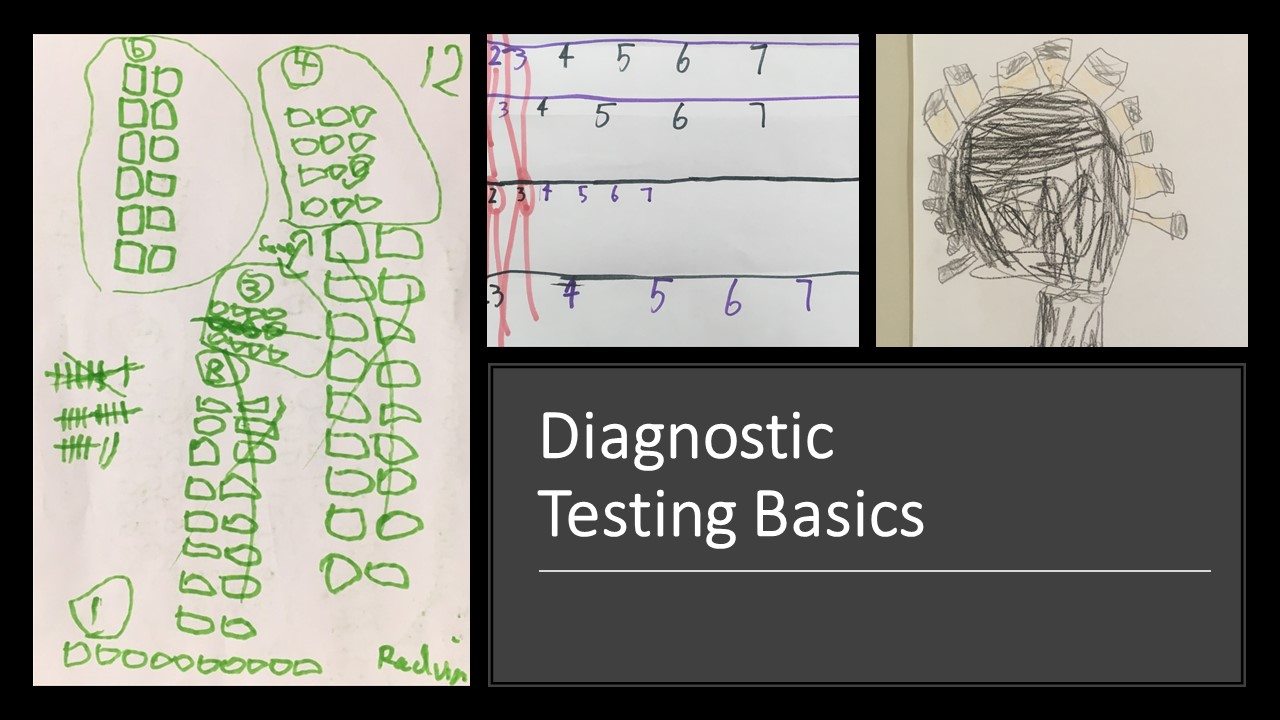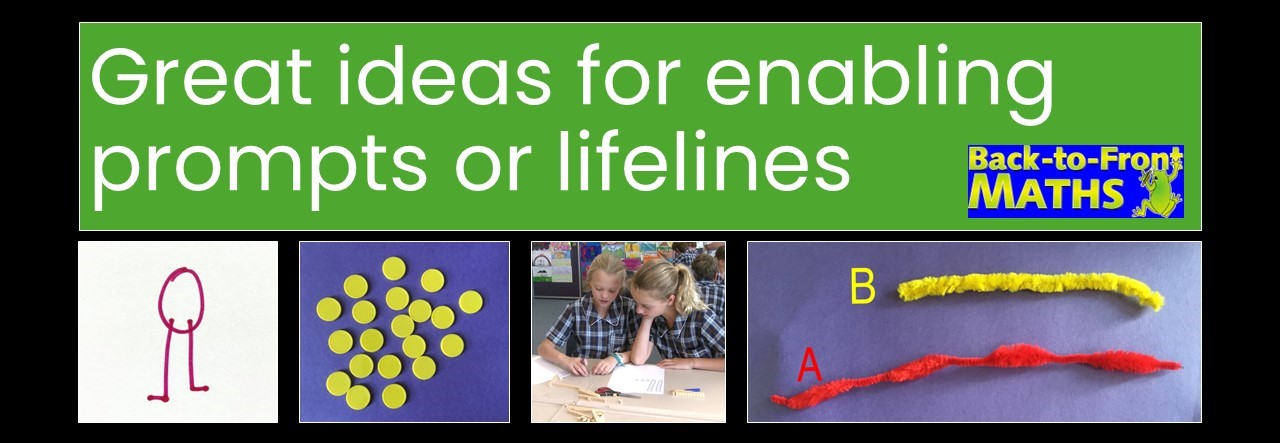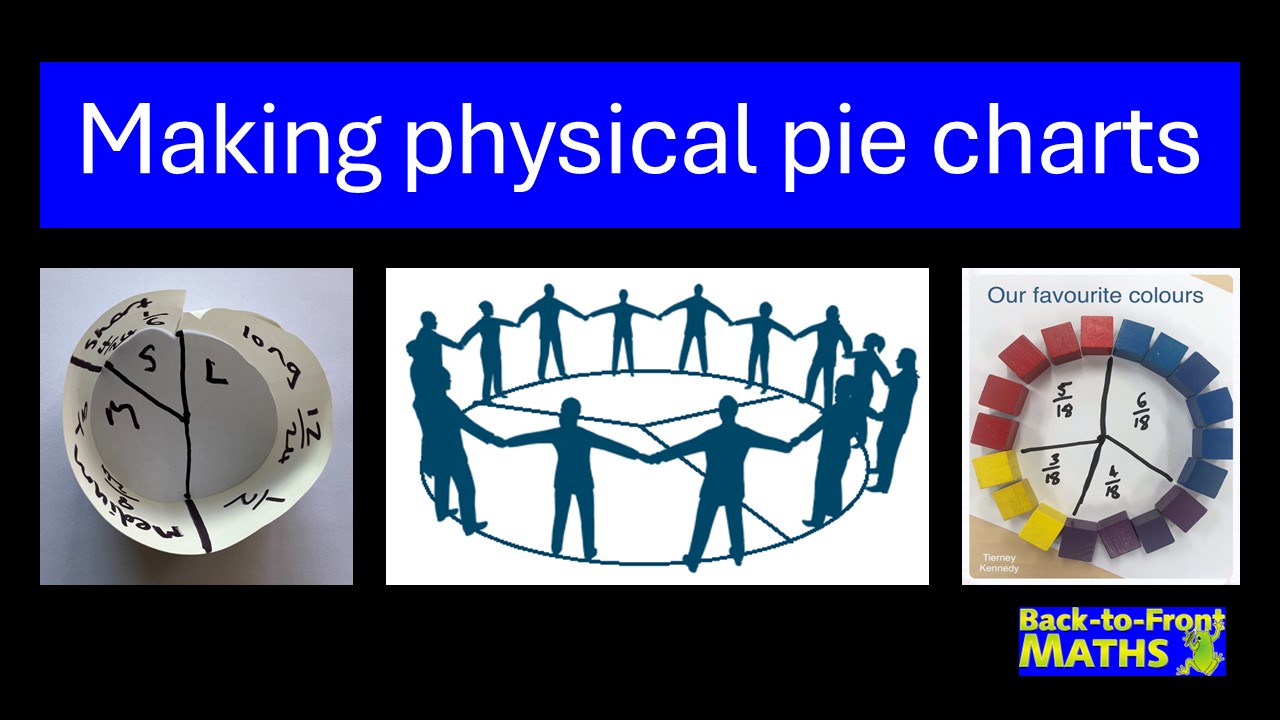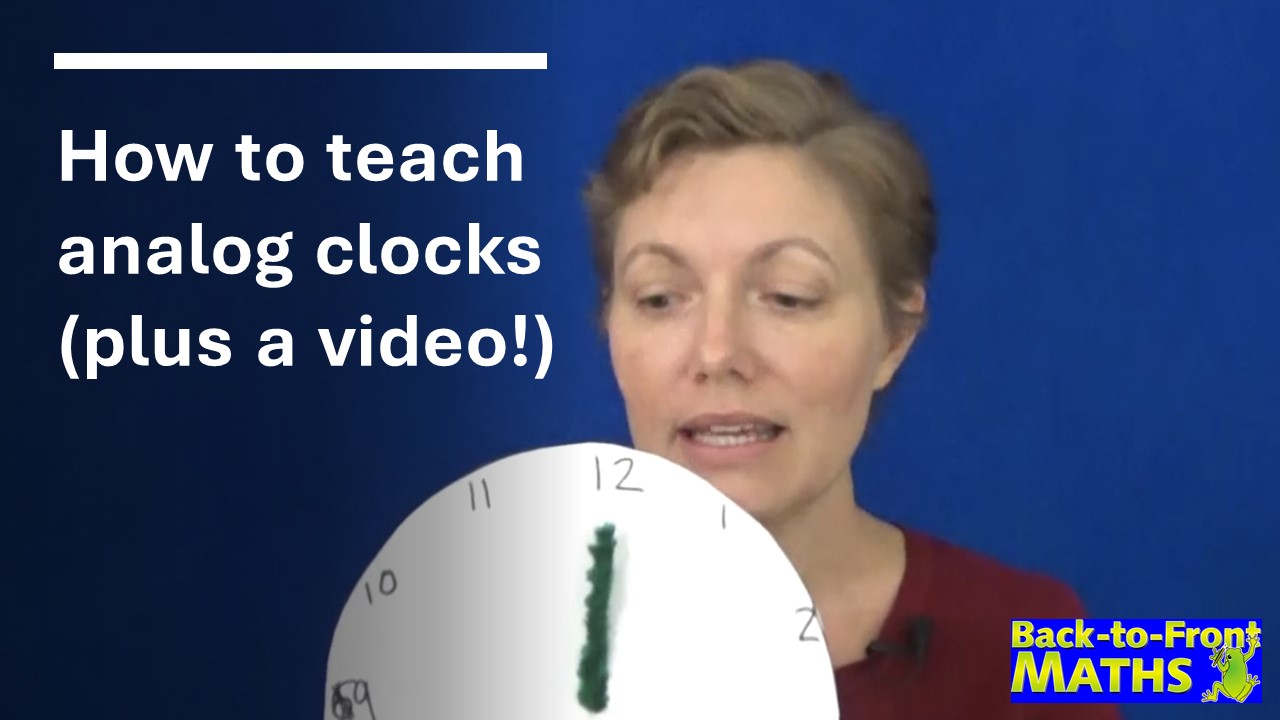
Formative assessment, developmental stages and starting the year well
The goal of formative assessment should always be to find out what each student NEEDS next, rather than focusing
Often we spend large amounts of time in primary schools practicing vertical algorithms. I have to wonder if there isn’t perhaps a better way to spend our time. Here are a few ways that horizontal algorithms are really useful, including introducing negative numbers from an early stage…
How do horizontal algorithms work?
EG.1: 27 – 13 (basic subtraction with no regrouping)
= 20-10 + 7-3
=10 + 4
=14
EG.2: 23 – 17 (basic subtraction, with regrouping)
= 20-10 + 3-7
=10 – 4
=6
EG.3: 13 – 27 (when you subtract a larger number)
=10-20 + 3-7
=-10-4
=-14
EG.4: 17 – 23 (even more complex subtraction)
=10-20 + 7-3
=-10 + 4
=-6
What are some of the advantages?
Have you ever seen kids using vertical algorithms for algebra or any other high school mathematics? No. Why? Because they really only work with positive numbers, and don’t work with fractions, negative numbers or with algebra. As soon as we start using variables, fractions or negative numbers we switch to horizontal algorithms anyway, so why not use them from the start?
One other advantage is that the equations can start with the = symbol, just like they do in high school. That makes it much easier when we start more complex thinking that takes a few steps.
Here is a simple idea for introducing negative numbers:
Play a game of snakes and ladders (or similar), but start from the middle square of the board. Roll two differently coloured dice. One is the positive direction and one is the negative direction. Try to get to a particular end point in the positive direction.
Why not try it out with your own class and see what happens?

The goal of formative assessment should always be to find out what each student NEEDS next, rather than focusing
Recently I’ve been pondering findings from a major report into Australian schooling that kids who are struggling in maths by

Enabling prompts or life lines are a fantastic way of helping students who are stuck to get started. They do not reduce

Pie charts are an awesome way of linking statistics, fractions and angles, however they can often be difficult for students

While it may sound counter-intuitive, the easiest way to learn to tell the time is to remove the minute hand
Hundreds charts are great for connecting tens and ones. Why not turn one into a jigsaw puzzle to use in

KENNEDY PRESS PTY LTD
FOR ALL ENQUIRIES, ORDERS AND TO ARRANGE PD:
© COPYRIGHT 2023 KENNEDY PRESS PTY LTD ALL RIGHTS RESERVED TERMS & CONDITIONS